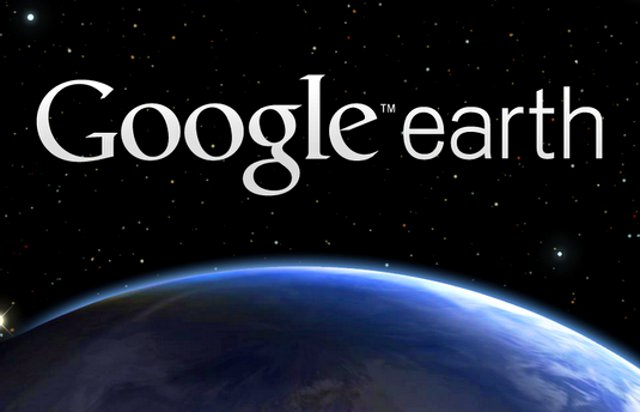With over 20000 fatalities and numerous human catastrophes all around the globe over the past year, there is a high demand for a continuous and near-real-time warning system for casualties of natural disasters. With the establishment of the International Charter ‘Space and Major Disasters’ in 1999, all important space agencies agreed on sharing their satellite resources to provide a 24/7 monitoring of natural disasters all over the globe. Unfortunately, the processing time of up to 72 hours and the involved publishing process and Charter standards exclude individuals from receiving necessary information within a short time at their current location. As local authorities are the exclusive authorized institutions that could initiate such a Charter call, only national risk management- and hazard centers are provided with detailed information in order for them to develop their emergency plans.
In case of spontaneous natural disasters, such as earthquakes or volcanic eruptions, a processing time of 72 hours is not sufficient and only allows for post-event reprocessing of the event. A guidance and prepared emergency plan for individuals within a defined range of the incident could be realized by providing navigational assistance with Google Maps or an additional emergency app within the Android OS. With a market share of almost 80% (~ 1 billion smartphones in total[1]) of Android phones and the Google Maps app), they are able to reach almost 1/6th of the world population within seconds or at least minutes.
Affected people are determined by analyzing their location depending on the last provided GPS signal of their smartphone or their position based on triangulation and pinging from their mobile provider. Therefore, a limited group of people (up to million individuals, depending on the region of such a natural event) could be alerted and guided by a push service provided by the Google infrastructure within a few minutes after an individual event, or in advance for incidents like floods, hurricanes or tsunamis.
For instance, in case of an earthquake in the San Francisco bay area, approximately 7.5 million people could be affected by the immediate causes of destruction and burying. With the provided real-time monitoring system from the U.S. Geological Survey and the calculated epicenter, Google could start sending push notifications to smartphone users in the affected region, providing them not only with the information about the strength and location of the event, but also (depending on the predicted damages and causes) with a prepared emergency rescue guidance using the navigation function of Google Maps. Consequently, individuals could be guided to the closest emergency center or predefined checkpoints. Even in the case of the burying of individuals, Google could provide local authorities and emergency agencies with the location of millions of people. Depending on their movement (gained through the analysis of their GPS position), Google could detect buried people solely by their timely fixed position (thereby, the map of affected people gets better and better over time due to additional information and discarded position signals caused by the movement of unconcerned individuals) or an emergency call within Google Maps. As an additional source of information, the current Digital Globe satellite imagery and the planed project with Space Systems/Loral could be used to provide Google customers with near real-time imagery and the necessary bandwidth for the affected locations.
By combining already existing seismic-, meteorological-, volcanic- and tsunami -warning systems in one place, and merging them with a globally well spread infrastructure as the Android OS in combination with Google Maps, a unique and very important service could be created for Google costumers all over the world. With a simple opt-in mechanism integrated in the Google Maps app, every single user of the system could be provided with lifesaving information in case of a natural disaster.
As you can see in figure 1, all detected and analyzed natural disasters are well spread over the globe, affecting almost every single country of the world. Keeping in mind that Google infrastructure is already in place, an adaption of such a system would be possible within a few years. As this service is currently unique and fits perfectly into the global portfolio of services, Google could use this service in third world countries, or almost any region affected by natural disasters, to sell their already existing products.
[1]http://bgr.com/2012/09/12/android-cumulative-shipments-2013-1-billion-units/
[2]http://www.munichre.com/site/corporate/get/documents_E833834344/mr/assetpool.shared/Documents/0_Corporate%20Website/6_Media%20Relations/Press%20Releases/2014/natural-catastrophes-2013-wold-map_en.pdf


